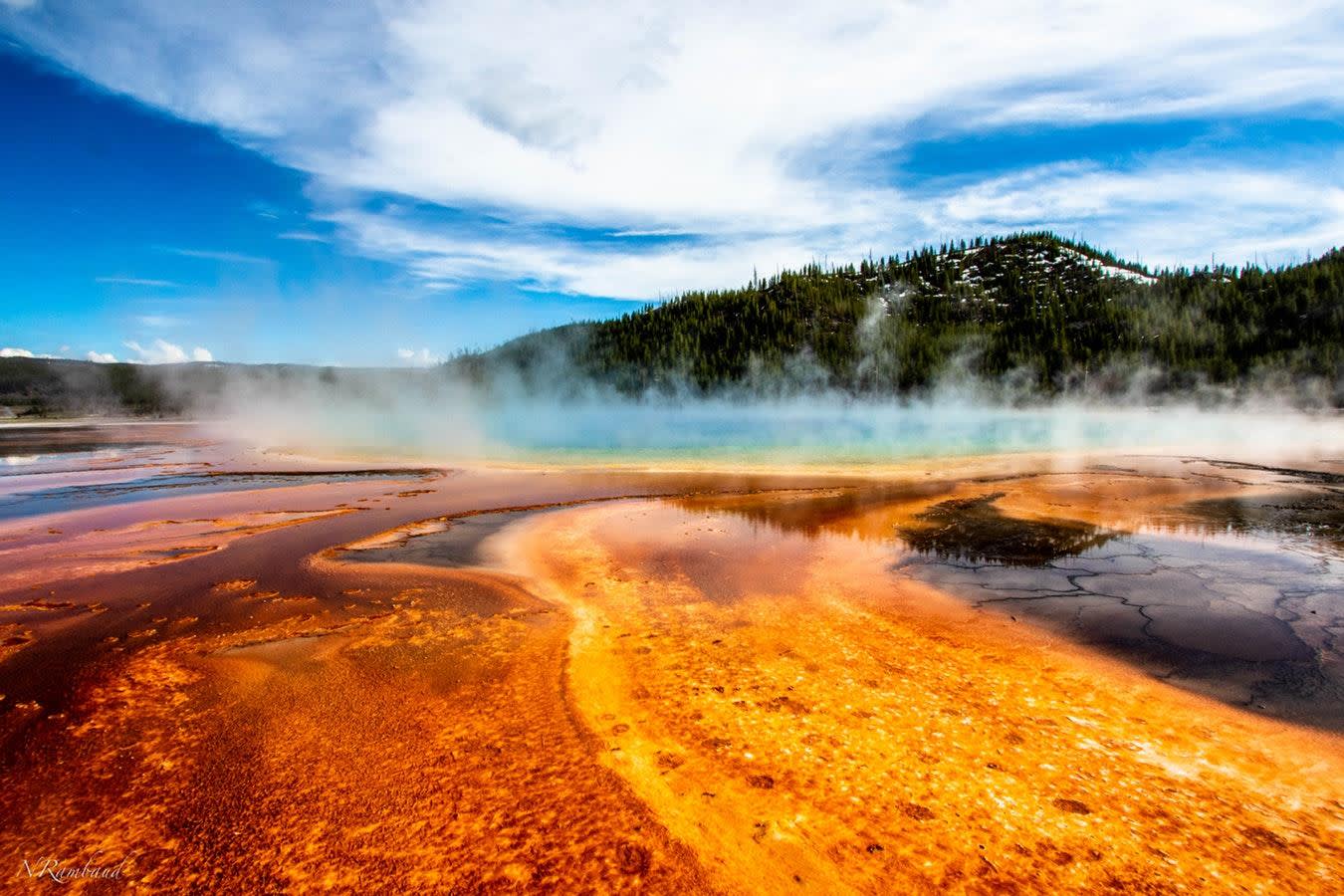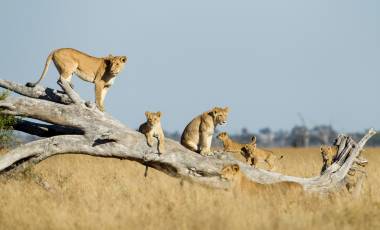20 Nature & Wildlife World Heritage Sites You Need To See Now
As of summer 2016, there were a total of 1052 UNESCO World Heritage Sites, including 203 that were recognized specifically for their Natural Heritage. Trying to narrow that list down to a Top 20 is highly subjective, but here’s a look at some of our favorite UNESCO World Heritage Sites:
BWINDI IMPENETRABLE FOREST NATIONAL PARK (UGANDA)
Located in southwestern Uganda, 199-square mile Bwindi is part of Africa’s richest and oldest forest, dating back 25,000 years. Established in 1991 to protect Mountain Gorillas, the park currently boasts around 350 of them. It’s also home to over 200 species of trees, 120 mammal species, and 350+ bird species, making it one of Africa’s finest birding destinations.
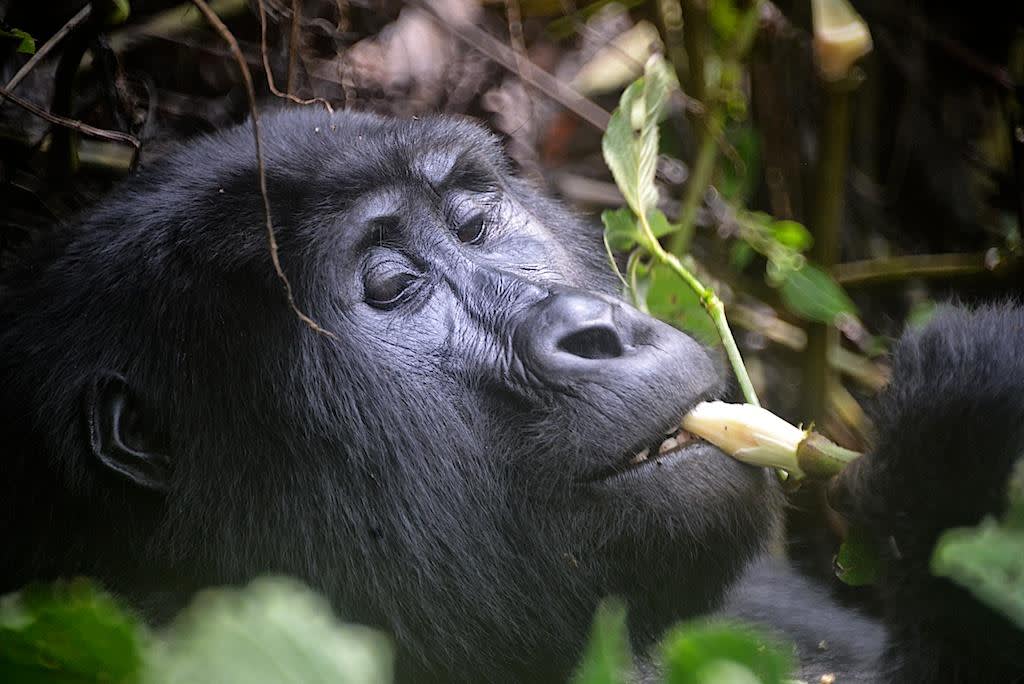
CANADIAN ROCKY MOUNTAIN PARKS (CANADA)
When it comes to stunning scenery, it’s hard to beat the Canadian Rockies. This UNESCO World Heritage Site includes four National Parks (Banff, Jasper, Kootenay, and Yoho), three provincial parks, and countless glaciers, hot springs, mountains, and rivers. Needless to say, the region’s wildlife (Elk, Bears, Cougars, Otters, Wolves) is equally abundant and impressive.
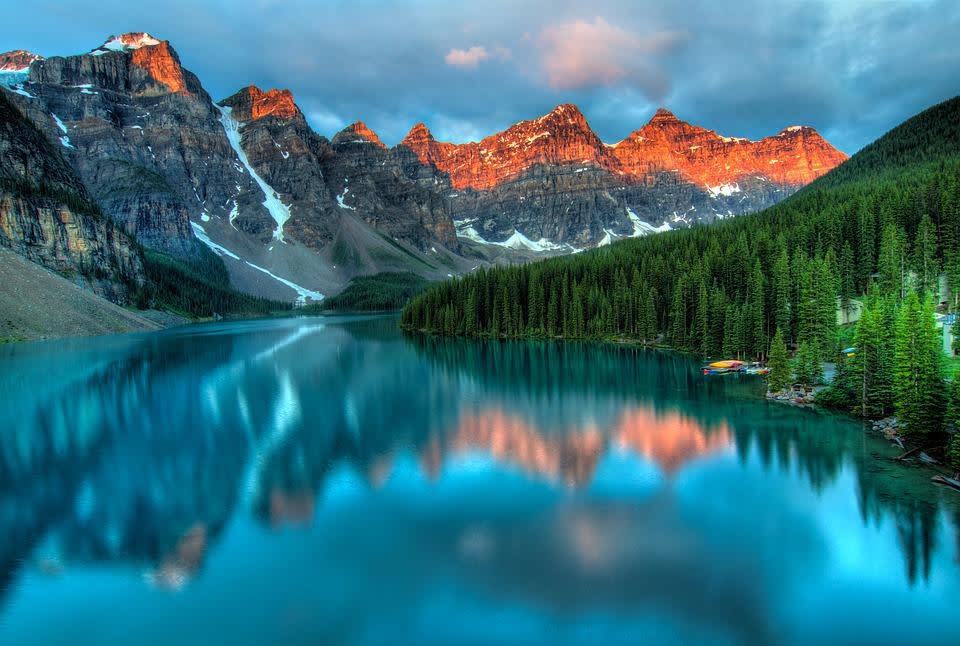
CENTRAL AMAZON CONSERVATION COMPLEX (BRAZIL)
With over 13 million acres, the CACC is the largest protected area in the Amazon Basin, which stretches across 40% of South America. It’s one of the world’s most biodiverse repositories of flora and fauna, including Várzea and Igapó forests and endangered species such as the Amazonian Manatee, two species of River Dolphin, Black Caiman, and more.
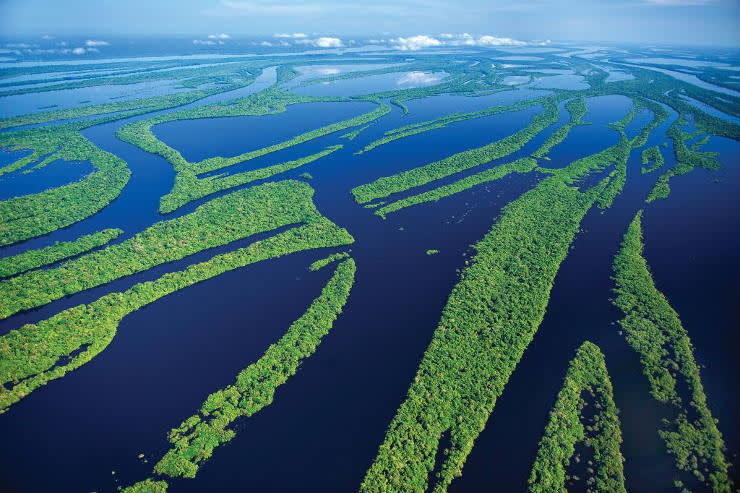
DARIÉN NATIONAL PARK (PANAMA)
Located 200 miles from Panama City, the largest National Park in Panama is also arguably Central America’s most important UNESCO site. The 3317-square mile Biosphere Reserve acts as a natural bridge to South America, with myriad different ecosystems. Wildlife includes monkeys, Jaguars, Agouti, Ocelots, Spotted Paca, and Capybaras.
GALAPAGOS ISLANDS (ECUADOR)
Named the world’s first UNESCO Site in 1978, this archipelago of volcanic islands 563 miles off the coast of Ecuador is a must-see for anyone who loves nature and wildlife. Its ecosystems are dynamic and diverse, home to fascinating, fearless species such as Blue-Footed Boobies, Flightless Cormorants, Giant Tortoises, Galapagos Penguins, and Marine Iguanas.

GREAT BARRIER REEF (AUSTRALIA)
One of the 7 Natural Wonders of the World, the planet’s largest reef system is comprised of over 2,900 individual reefs and 900 islands stretched out across a 133,000-square mile area. It’s home to 30 species of cetaceans, over 1,500 species of fish, six species of sea turtles, around 125 species of sharks and stingrays, and 215 species of birds.
IGUAZÚ NATIONAL PARK (ARGENTINA)
Ranking among South America’s most stunning natural attractions, Iguazú Falls is the largest system of waterfalls in the world. It’s taller than Niagara Falls (269 feet) and 3,000 feet wider than Victoria Falls. It’s also surrounded by lush tropical rainforest, which is home to wondrous wildlife (Howler Monkeys, Jaguars, Tapirs, etc.) and over 2,000 species of plants.
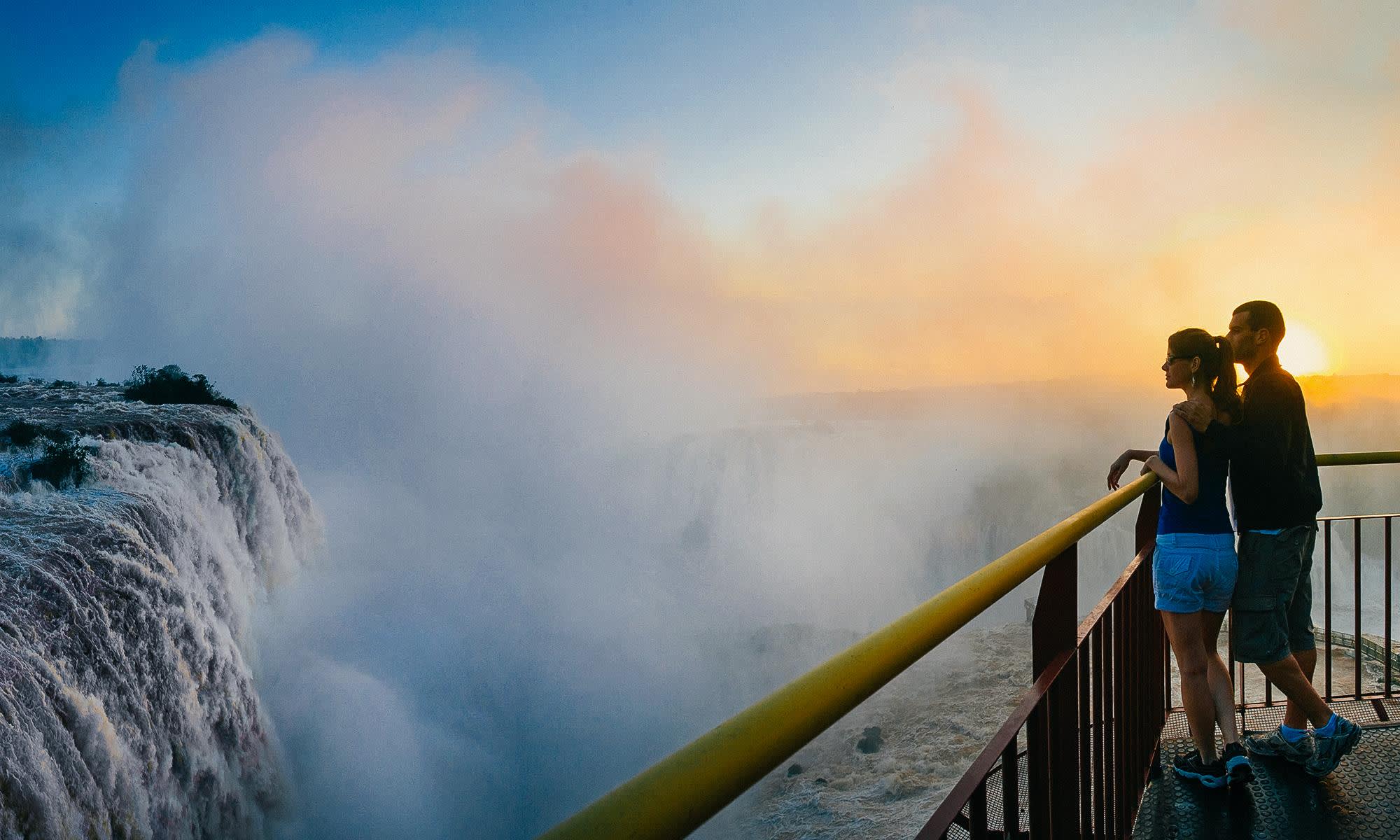
KENYA LAKE SYSTEM IN THE GREAT RIFT VALLEY (KENYA)
Added in 2011, this UNESCO World Heritage Site includes three interlinked lakes– Bogoria, Elementaita, and Nakuru– covering over 79,000 acres in the Great Rift Valley. It’s one of the world’s true geological wonders, and it’s also a haven for birdwatchers. It boasts remarkable avian diversity, including vast populations of Lesser Flamingos and White Pelicans. It also features mammals such as Black Rhino, Cheetah, Giraffe, Lion, and critically endangered Wild Dogs.
KLUANE/ WRANGELL-ST ELIAS/ GLACIER BAY/ TATSHENSHINI-ALSEK (CANADA/USA)
This international park system is located on the US/Canada border where Alaska, British Columbia, and the Yukon come together. Its 37,989 square miles are home to some of North America’s most jaw-dropping landscapes as well as wildlife such as Caribou, Dall Sheep, and Grizzly Bears. It also contains the largest non-polar ice field on the planet.
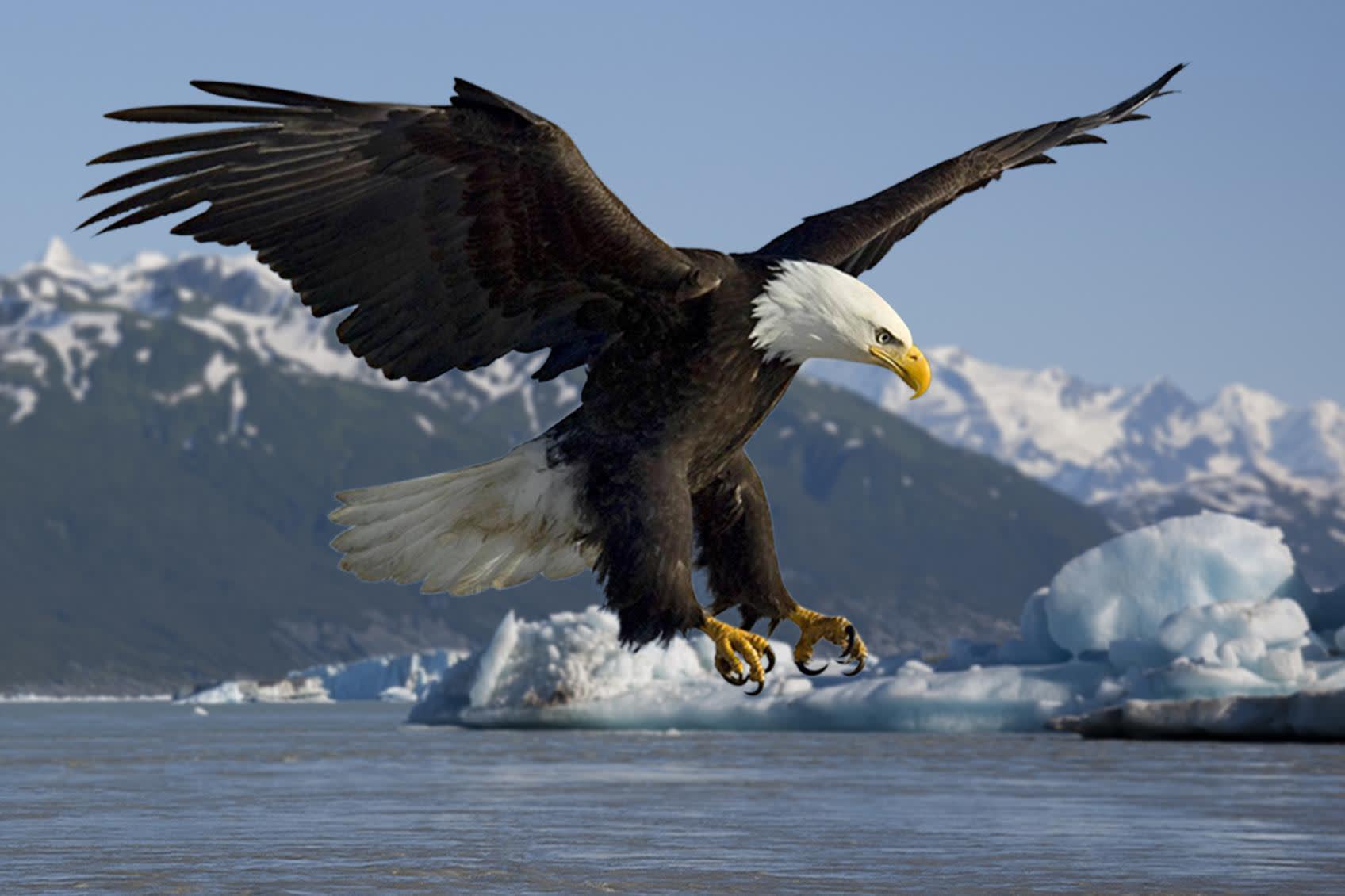
LA AMISTAD INTERNATIONAL PARK (COSTA RICA/PANAMA)
Straddling the border between Costa Rica and Panama, La Amistad is the largest nature reserve in Central America. Its 991,000 protected acres are a huge hotspot of biodiversity, containing around 20% of the region’s species. Due to rough terrain, much of it remains unexplored. One series of expeditions discovered 12 new plant species, 15 amphibians, and 3 reptiles that were previously unknown to science!
MANÚ NATIONAL PARK (PERU)
Located 3 hours from Cusco, this 11,800-square mile park is home to over 1000 different species of birds– more than the US and Canada combined! Ecosystems ranging from tropical rainforests to montane grasslands also offer possible sightings of wildlife such as Jaguars, Pumas, Giant Otters, Brazilian Tapir, Capybaras, Spectacled Bears, and 14 species of monkeys.
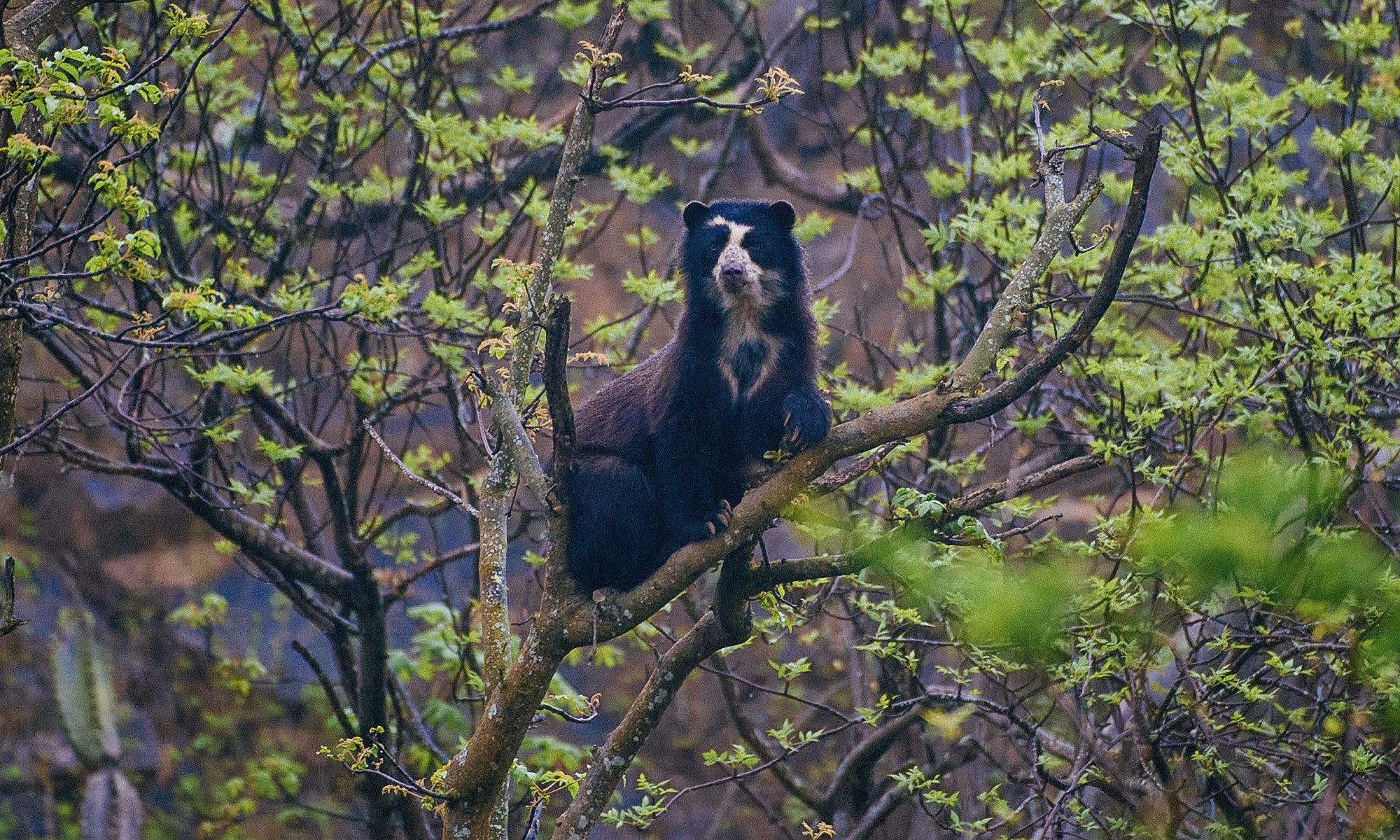
MOSI-OA-TUNYA/ VICTORIA FALLS (ZAMBIA/ZIMBABWE)
Located on the border between Zambia and Zimbabwe, Mosi-oa-Tunya (“The Smoke that Thunders”) is the largest waterfall in the world due to its combination of width (5,604 feet) and height (354 feet). The National Parks are teeming with Elephants, Giraffes, Zebras, big cats, and birds of prey. No wonder it’s included among the Seven Natural Wonders of the World!
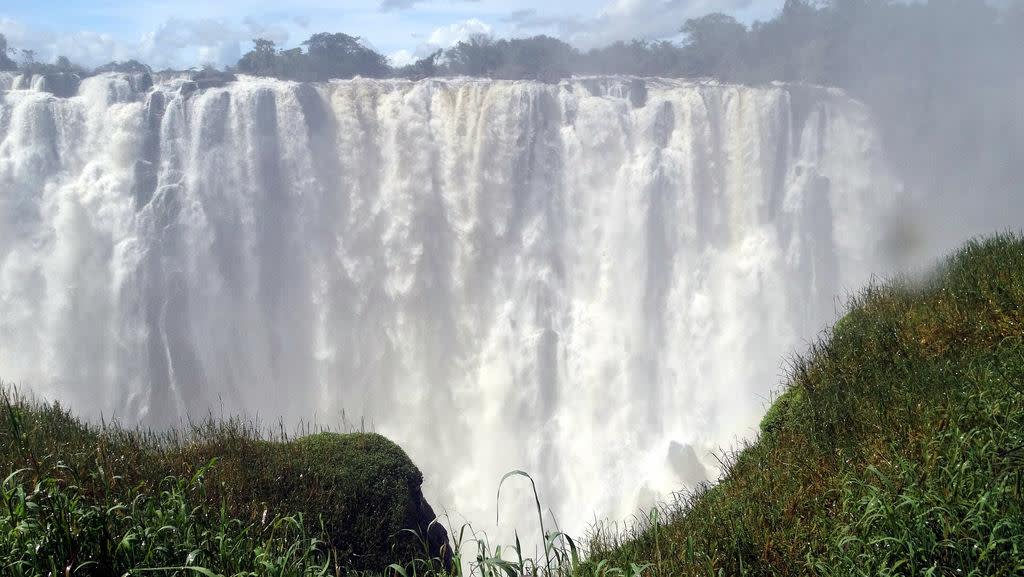
NANDA DEVI & VALLEY OF FLOWERS NATIONAL PARKS (INDIA)
The gorgeous landscape of these Himalayan parks is dominated by Nanda Devi, India’s second highest mountain (25,646 feet). The Valley of Flowers is blanketed in blossoms during the summer, making it one of India’s most beautiful hikes. Both parks offer impressive biodiversity, including endangered species such as Snow Leopards and Himalayan Musk Deer.
NGORONGORO CONSERVATION AREA (TANZANIA)
The Ngorongoro Conservation Area is the only place in Tanzania that protects wildlife while allowing human habitation. Ngorongoro Crater, the largest intact volcanic crater in the world, provides home to more than 25,000 large animals (Buffalo, Hippos, Gazelles, Wildebeest, etc.), a dense Lion population, and thousands of Lesser Flamingoes who flock to Lake Magadi.
Survey the wonders of Tanzania on an African Safari!
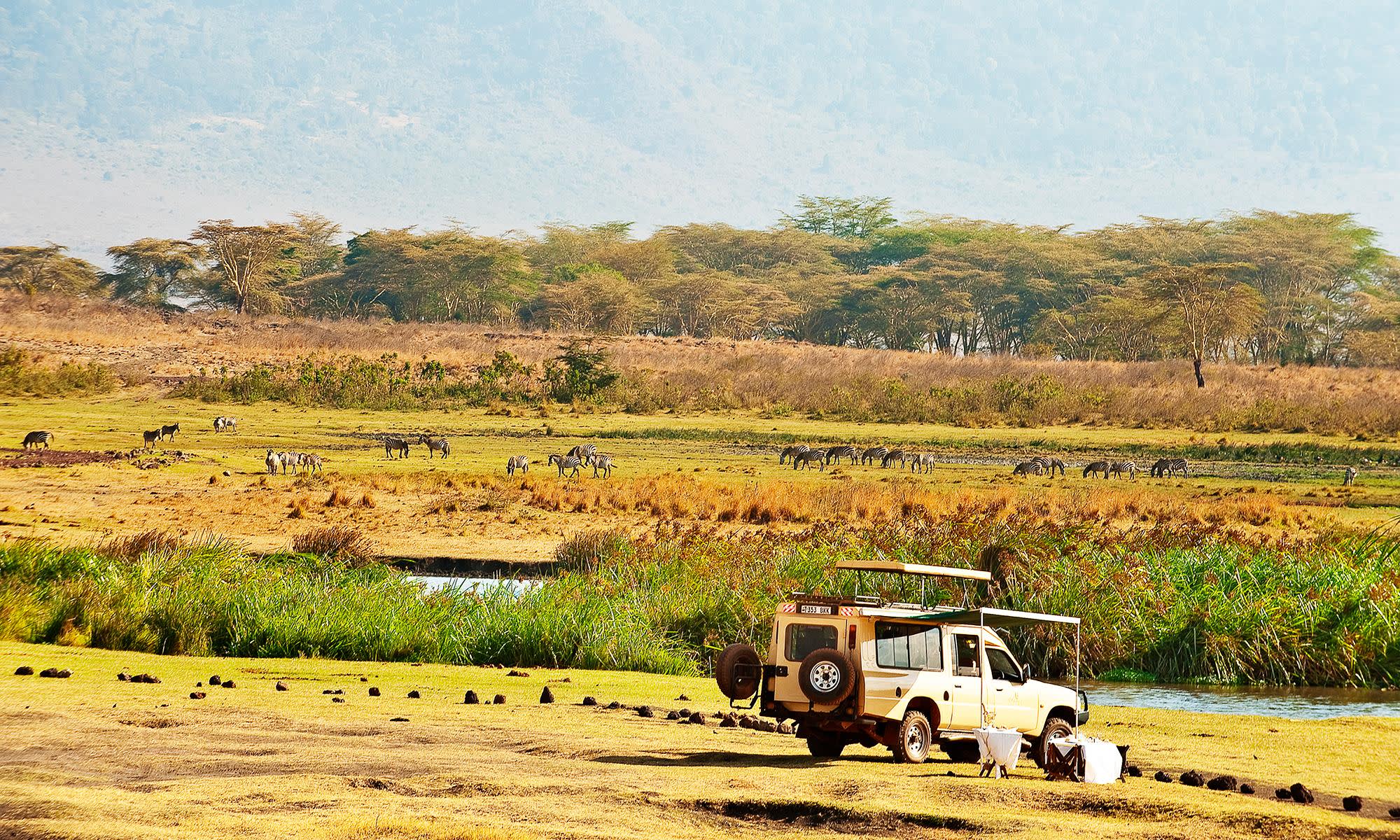
OKAVANGO DELTA (BOTSWANA)
One of the newer UNESCO Sites, the 5791-square mile Okavango Delta earned World Heritage Site status in 2014 for its diverse array of wildlife. In the winter its canals and swamps attract over 200,000 large mammals (Cheetahs, Lions, Elephants, Rhinos, Wild Dogs, etc.) and over 400 bird species, including the Crested Crane, Hammerkop, and Sacred Ibis.
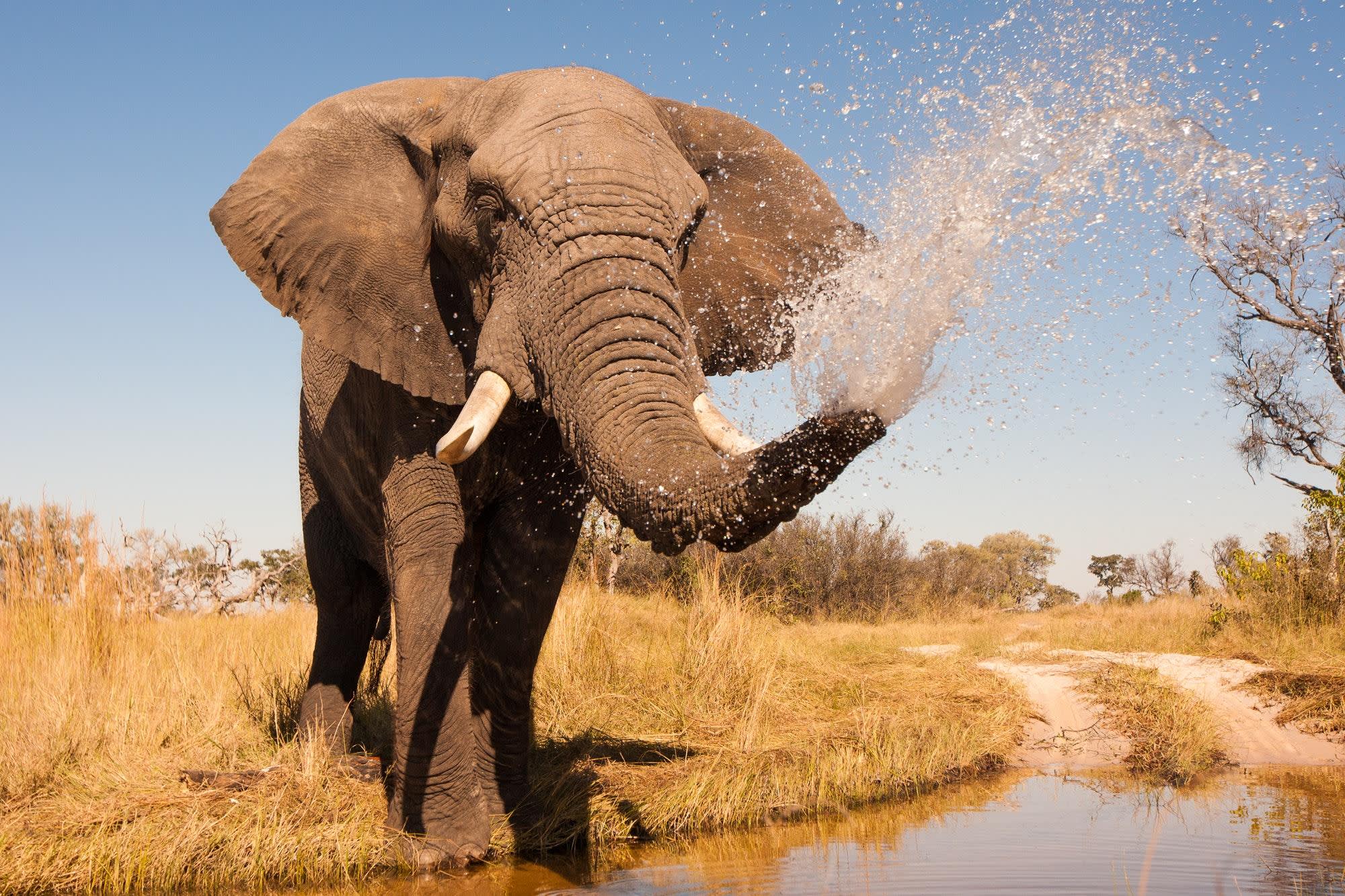
PANTANAL (BRAZIL)
The world’s largest wetland at 81,000 square miles, the remote, relatively inaccessible Pantanal offers remarkable biodiversity. The Meeting of the Waters State Park area is arguably the best place in the world to spot the elusive Jaguar.
The region boasts over 230 mammal species, over 1,000 bird species, 90 species of bats, and 80 species of reptiles.
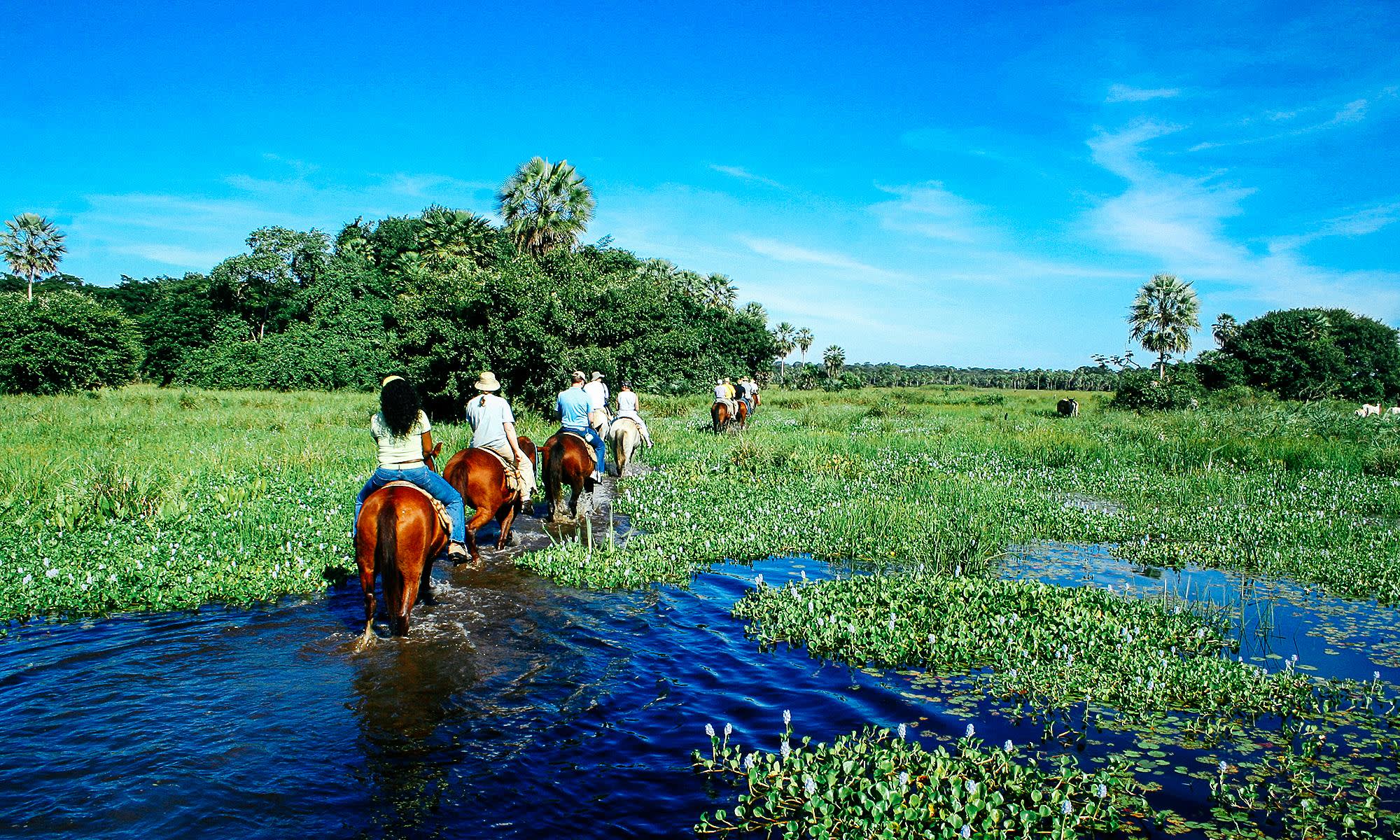
SICHUAN GIANT PANDA SANCTUARIES (CHINA)
Comprised of 7 nature reserves and 9 scenic parks, Sichuan Giant Panda Sanctuaries is home to over 30% of the world’s population of Giant Pandas. One of the planet’s most botanically rich regions (between 5,000 and 6,000 species of plants), its 3,569 square miles are a refuge for the Red Panda, Clouded Leopard, and Snow Leopard.
SUNDARBANS NATIONAL PARK (INDIA/BANGLADESH)
The world’s largest Mangrove forest, this 3860-square mile park’s waterways are home to endangered species such as Irrawaddy and Ganges River Dolphins. The park’s beaches provide important nesting grounds for three species of Sea Turtles. It’s also inhabited by Royal Bengal Tigers, who often swim in search of food (fish, crabs, and Monitor Lizards).
VALDÉS PENINSULA (ARGENTINA)
Located on Argentina’s eastern coast, the Valdés Peninsula is a burgeoning ecotourism hotspot for people who love marine life. It’s a great place to spot Southern Elephant Seals and Sea Lions, endangered Southern Right Whales, Orcas, Commerson’s Dolphins, and Punta Tombo’s massive colonies of Magellanic Penguins.
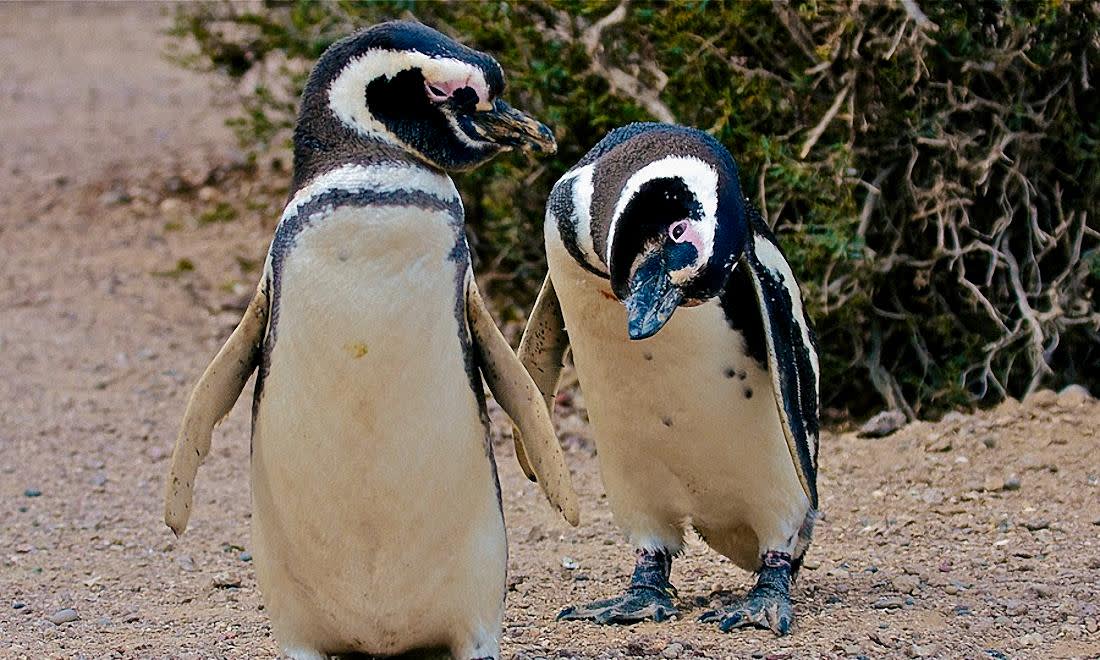
YELLOWSTONE NATIONAL PARK (USA)
The world’s first National Park, protecting 3,468 square miles of rugged wilderness, was a trailblazer in conservation. In addition to its massive concentration of megafauna (see: Bison, Elk, Grizzlies, Moose, Wolves, etc.), it also features the largest super-volcano in North America (the Yellowstone Caldera) and half of the planet’s geothermal features.
